
An aircraft pilot or aviator is a person who controls the flight of an aircraft by operating its directional flight controls. Some other aircrew members, such as navigators or flight engineers, are also considered aviators because they are involved in operating the aircraft's navigation and engine systems. Other aircrew members, such as drone operators, flight attendants, mechanics and ground crew, are not classified as aviators.

The Royal Aero Club (RAeC) is the national co-ordinating body for air sport in the United Kingdom. It was founded in 1901 as the Aero Club of Great Britain, being granted the title of the "Royal Aero Club" in 1910.

Raynal Cawthorne Bolling was the first high-ranking officer of the United States Army to be killed in combat in World War I. A corporate lawyer by vocation, he became an early Army aviator and the organizer of both of the first units in what ultimately became the Air National Guard and the Air Force Reserve Command.
This is a list of aviation-related events from 1911:
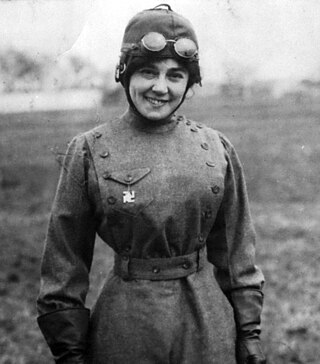
Matilde Josephine Moisant was an American pioneer aviator, the second woman in the United States to obtain a pilot's license.
Pilot licensing or certification refers to permits for operating aircraft. Flight crew licences are issued by the civil aviation authority of each country, which must establish that the holder has met minimum knowledge and experience before issuing licences. The licence, along with the required class or type rating, allows a pilot to fly aircraft registered in the licence issuing state.

The Aero Club of America was a social club formed in 1905 by Charles Jasper Glidden and Augustus Post, among others, to promote aviation in America. It was the parent organization of numerous state chapters, the first being the Aero Club of New England. It thrived until 1923, when it transformed into the National Aeronautic Association, which still exists today. It issued the first pilot's licenses in the United States, and successful completion of its licensing process was required by the United States Army for its pilots until 1914. It sponsored numerous air shows and contests. Cortlandt Field Bishop was president in 1910. Starting in 1911, new president Robert J. Collier began presenting the Collier Trophy.

Calbraith Perry Rodgers was an American aviation pioneer. He made the first transcontinental airplane flight across the U.S. from September 17, 1911, to November 5, 1911, with dozens of stops, both intentional and accidental. The feat made him a national celebrity, but he was killed in a crash a few months later at an exhibition in California.

Thomas Scott Baldwin was a pioneer balloonist and U.S. Army major during World War I. He was the first American to descend from a balloon by parachute.

Thomas DeWitt Milling was a pioneer of military aviation and a brigadier general in the U.S. Army Air Corps. He was the first rated pilot in the history of the United States Air Force.

The Aeronautical Division, Signal Corps (1907–1914) was the first heavier-than-air military aviation organization in history and the progenitor of the United States Air Force. A component of the U.S. Army Signal Corps, the Aeronautical Division procured the first powered military aircraft in 1909, created schools to train its aviators, and initiated a rating system for pilot qualifications. It organized and deployed the first permanent American aviation unit, the 1st Aero Squadron, in 1913. The Aeronautical Division trained 51 officers and 2 enlisted men as pilots, and incurred 13 fatalities in air crashes. During this period, the Aeronautical Division had 29 factory-built aircraft in its inventory, built a 30th from spare parts, and leased a civilian airplane for a short period in 1911.

The Aviation Section, Signal Corps, was the aerial warfare service of the United States from 1914 to 1918, and a direct statutory ancestor of the United States Air Force. It absorbed and replaced the Aeronautical Division, Signal Corps, and conducted the activities of Army aviation until its statutory responsibilities were suspended by President Woodrow Wilson in 1918. The Aviation Section organized the first squadrons of the aviation arm and conducted the first military operations by United States aviation on foreign soil.
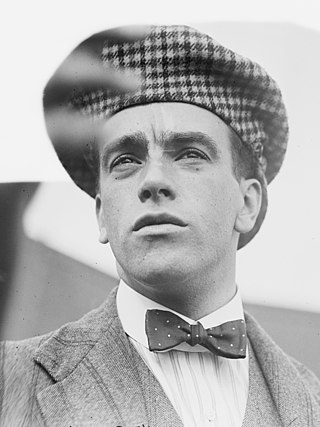
Claude Grahame-White was an English pioneer of aviation, and the first to make a night flight, during the Daily Mail-sponsored 1910 London to Manchester air race.
Ulysses Lee Gooch, often known as Rip Gooch, was an American pilot, aviation entrepreneur, and politician in Kansas. Gooch was a member of the Kansas Commission on Civil Rights, 1971–74; member of the Wichita City Council, 1989–93; and a Kansas state senator from 1993 until retiring in January 2004 as the state's oldest serving senator, at 80. Gooch was one of the first inductees to the Black Aviation Hall of Fame.
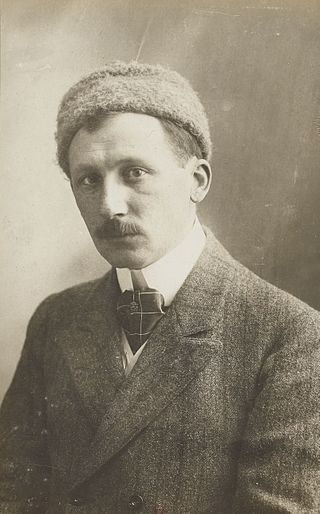
Ferdinand Marie Léon Delagrange was a sculptor and pioneering French aviator who was one of the top aviators in the world.

Paul Tissandier was a French aviator. He was the treasurer of the Fédération Aéronautique Internationale (FAI) from its foundation (1905) to 1919, and its Secretary General from 1913 to 1945, and it awards the Paul Tissandier Diploma every year in his honor.
George Debaun Grundy Jr. was a pioneer aviator and the last living member of the Early Birds of Aviation.
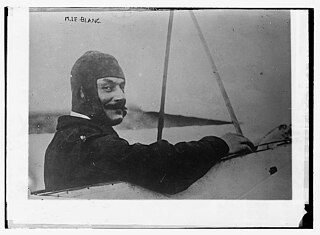
Alfred Leblanc was a pioneer French aviator.
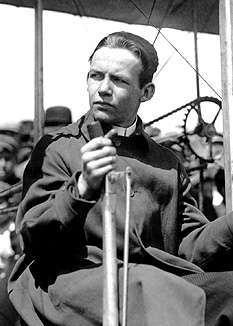
Farnum Thayer Fish was an early American airplane pilot known as the "Boy Aviator". He was, at the age of 15, the "youngest licensed aviator in the world".
René Simon was a French aviator.

















